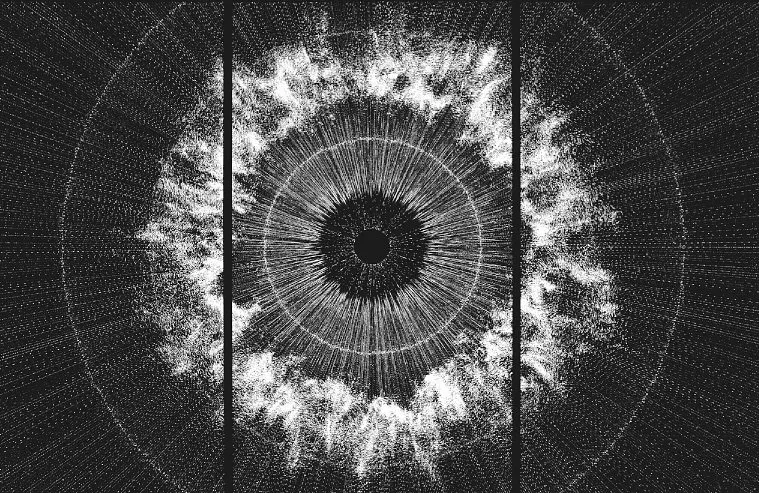During Milan Arch Week 2025, the Terrazze Bonardi at the Politecnico di Milano will host the construction of the Basketry Tensegrity Geodesic Dome — the outcome of a research and experimentation process that intertwines history and innovation.
Inspired by the original design of R. Buckminster Fuller and recreated by architect Deacon Marvel with the support of The Estate of R. Buckminster Fuller, the dome embodies Fuller’s philosophy: a synthesis of structural lightness and spatial integrity, developed through the principles of self-construction and material awareness.
The project was developed within the II edition of the Master’s program in Material Balance Design Digital Techniques and Circular Innovation in Architecture, directed by Prof. Ingrid Paoletti. The dome’s contemporary reinterpretation emerged from the teaching module curated by ATI Project, which guided students in exploring advanced digital techniques and artificial intelligence through an experimental and collaborative approach.
The resulting prototype features a knitted skin made from recycled yarns, digitally modelled to interact with the wooden tensegrity structure, revealing a dynamic dialogue between structure, material, and digital processes as drivers of technological innovation.
Through parametric redesign, the structure was optimised for material efficiency and geometric precision: rod dimensions and connections were recalibrated to reduce material use and improve assembly accuracy. A new connection system employing 3D-printed elements and recycled nylon rope further enhanced tolerance management, flexibility, and ease of installation. The knitted envelope combines two types of pre-consumer recycled polyester yarns, ensuring high quality and architectural performance. Its low-melt property allows the fabric to harden when heated, adapting its mechanical behaviour and enabling direct on-site shaping and installation.
The project was made possible thanks to the collaboration of LignoAlp, Indorama Ventures, Rimond, Aivox, Evangelisti di Passarin Amerigo, and the support of the MaBa.SAPERLab and TAN – Textile Architecture Network laboratories of the DABC Department, which contributed to the development and testing of innovative materials and construction solutions.
Curated by Prof. Ingrid Paoletti and Prof. Mariacristina Loi, the project reflects on the enduring relevance of Fuller’s ideas in the age of artificial intelligence, opening new perspectives for research, education, and design innovation.




